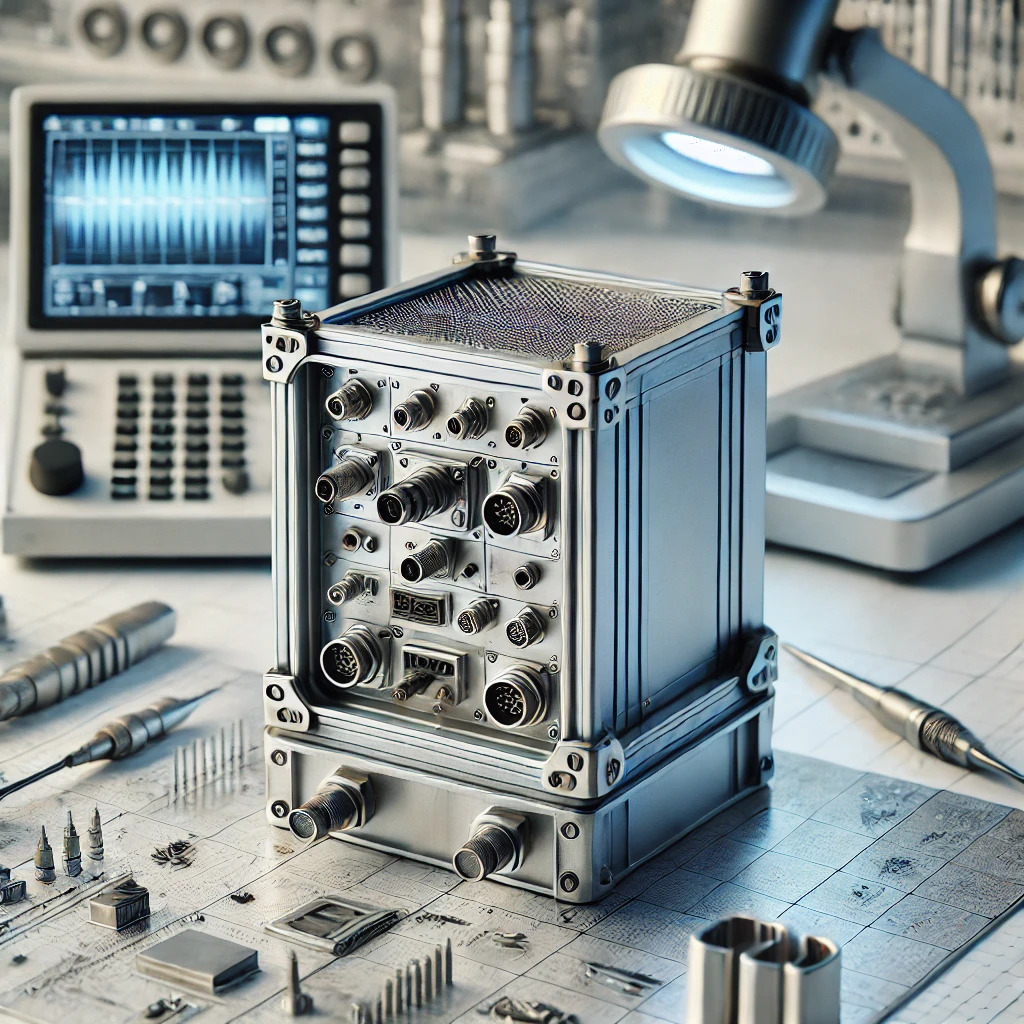
In today’s fast-evolving technology landscape, ensuring the accuracy and reliability of electronic devices is more crucial than ever. As demand for high-speed connectivity, compact designs, and wireless innovation increases, so does the need for precise and efficient testing environments. One of the most essential components in achieving accurate testing outcomes is the integration of RF shielded boxes into advanced test equipment design.
The Need for Shielded Testing Environments
Electronic devices, especially those operating on RF and wireless signals, are highly susceptible to external interference during testing. Environmental noise, unwanted RF signals, and electromagnetic interference (EMI) can skew test results and compromise data integrity. That’s where RF shielded boxes play a vital role. These enclosures are specifically engineered to isolate devices under test (DUT) from external RF signals, ensuring a controlled, interference-free environment.
What is an RF Shielded Box?
An RF shielded box is a specialized enclosure designed to block or attenuate electromagnetic signals from entering or leaving the box. It typically features RF-tight construction using materials like aluminum or steel, RF gaskets, and filtering for power and data lines. These features make it an essential component in any sophisticated test equipment design aimed at RF testing, wireless communication validation, and EMI compliance.
Importance in Test Equipment Design
Modern test equipment design must consider not only the capabilities of the measurement tools but also the surrounding test environment. Integrating an RF shielded box allows test engineers to focus on the performance of the DUT without concerns about external signal contamination. This integration is particularly critical for industries like 5G, IoT, automotive electronics, and aerospace, where signal integrity and precision are non-negotiable.
Applications Across Industries
- 5G & Wireless Communication: RF shielded boxes are used to test mobile devices, routers, and network modules to ensure proper functionality without interference.
- Automotive: In electric and autonomous vehicles, wireless sensors and communication systems rely on shielded testing to validate performance.
- Medical Devices: RF testing is essential for medical implants and devices, making shielded enclosures crucial in this sensitive field.
- Consumer Electronics: Devices such as smartphones, smartwatches, and wearables undergo RF testing in shielded environments to ensure quality and compliance.
Design Considerations
Effective test equipment design with RF shielding requires attention to detail. Designers must ensure the box accommodates the device size, offers proper RF attenuation levels, and allows for convenient access while maintaining shielding integrity. Customization options such as ventilation, filtered connectors, and integrated antennas can enhance functionality while preserving shielding performance.
Future Trends
As wireless technology continues to advance, the demand for precision in RF testing will only grow. Emerging technologies like 6G, Wi-Fi 7, and next-generation IoT devices will require even more sophisticated RF shielded boxes and test equipment design solutions that can adapt to higher frequencies and more complex testing scenarios.
Conclusion
For any company focused on innovation, accurate testing is not just a necessity—it’s a competitive advantage. By incorporating RF shielded boxes into modern test equipment design, organizations can ensure that their products meet the highest standards for performance, compliance, and customer satisfaction.
If you’re looking to enhance your testing capabilities with advanced RF shielding and custom test solutions, partnering with experienced providers can make all the difference. Companies like Orbis Systems specialize in delivering tailored RF test solutions, helping businesses stay ahead in a rapidly evolving market.